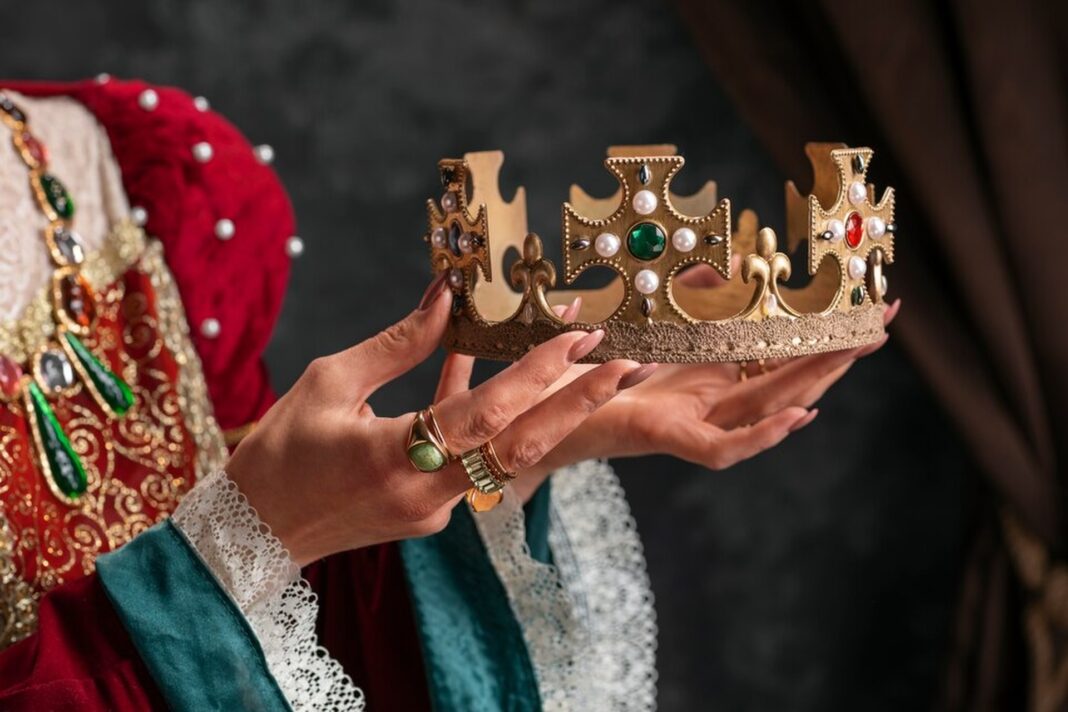Historical Roots Of Royal Philanthropy
Royal benevolence has a long history. Monarchs utilised their authority and money to help the poor. Royal donations affected society from Roman emperors who founded charities to mediaeval rulers who financed hospitals and education. In 1884 Queen Victoria and her family founded the National Society for the Prevention of Cruelty to Children, a landmark in England. The monarchy charity relationship has evolved to meet modern requirements while retaining its historical relevance.
Today royal family members are notable philanthropists. Social concerns including mental health education and environmental conservation are typically highlighted on their platform. Beyond huge institutions royal generosity supports local communities via grassroots activities. This philanthropy history inspires royal humanitarian efforts today showing compassion throughout eras.
Modern Day Royal Initiatives
The current royal family supports a variety of charities reflecting personal interests and social issues. Their work frequently addresses mental health conservation and education. Prince William and Harry launched Heads Together, a mental health effort to shift the discussion. Many people connect with their mental health advocacy forming a supportive network.
Additionally the royal family works with groups that make a difference. They often attend and promote significant causes. King Charles III, a longtime environmentalist, has focused on climate change. The royals encourage unity in the battle against climate change.
The royal family is using technology to promote their agendas. Social media lets them reach more people and engage younger generations. Creative video campaigns and engaging debates attract global supporters. Royal projects now combine heritage with modern outreach to be relevant and effective.
The Impact Of Royal Charities
Royal charities influence social change by encouraging public contributions and volunteering. Royals‘ names and support typically get noticed. Visibility can improve contributions and resources for health and education concerns. Many of these groups provide vital services to needy communities when government financing cannot.
Royal charities influence public opinion because of their prominence. Royal awareness initiatives may change perceptions and spur broader action. Royal family initiatives may engage communities and discuss social issues. As global concerns grow intertwined this affects the UK and the globe.
Royal charities typically form relationships with corporations and other groups. These partnerships boost mission reach and effectiveness. Significant efforts that solve social issues may arise from collaborations. Royal charitable activity may inspire generosity and civic engagement as seen by its ripple effect.
Crowning Achievements In Philanthropy
Philanthropy’s greatest successes come from innovative ideas and long term societal issues. The royal family has had considerable influence in different fields. King Charles III founded The Prince Trust in 1976 to help young people succeed. One of the UK most prominent charitable organisations this trust has changed many lives via mentorship financing and training.
Royal charities‘ many prizes for innovation are another major achievement. The Duke and Duchess of Cambridge Shout program introduced text based mental health care throughout the UK. These activities show how the royal family directs its generosity by creatively solving challenges.
Royal charity has shown ineffective projects and ongoing advocacy. Royals use their positions to advocate for long term structural reforms in society addressing core problems as well as immediate alleviation. These pinnacle accomplishments demonstrate royal philanthropy ability to lead meaningful change and inspire future humanitarian action.
How Royals Choose Their Causes
Royal charity requires choosing the appropriate causes. Personal interests or experiences frequently influence royal endeavours. Royal family members are often motivated by their family history or upbringing. Personal connections typically motivate them to support humanitarian causes. They often advocate for mental health, youth development, environmental sustainability and social justice.
The royal family carefully researches their issues to guarantee their influence. Collaborations with specialists and community leaders evaluate prospective projects. Organisational consultation addresses urgent issues and assesses community needs. Royals strive to be well informed advocates who get outcomes.
Public participation shapes royale causes. Public interest may affect royal backing for projects. Two way communication encourages community engagement and steers the royal family toward subjects their followers care about. Cause selection shows personal devotion and social awareness.
Role Of Royal Foundations
Royal foundations coordinate royal generosity for social objectives. These charities help royals address many challenges by centralising charity activity. Pooling resources maximise effect and outreach promoting health education and environmental protection.
Each foundation has its unique aim and concentration reflecting the royals‘ interests. For instance The Prince Trust helps UK youth. The Duke and Duchess of Cambridge Royal Foundation supports mental health and communal values. Each royal foundation supports specific member advocacy, smartly allocating resources.
Collaboration between charities and organisations is crucial for royal foundations. They may use networks and experience by cooperating with established entities. Collaborations provide better outcomes than solo attempts. Interconnectedness magnifies their purpose and allows various perspectives to participate in crucial social discussions.
What Are Some Famous Royal Charities?
Due to their effect and royal family links several royal charities have become famous. The Prince Trust created by King Charles III in 1976 is well known for helping youth acquire skills and confidence. The Duke and Duchess of Cambridge mental health and community engagement charity The Royal Foundation is another renowned one. The Diana Memorial Fund named after Princess Diana supports homelessness HIV AIDS and education for impoverished children.
Royal sponsorship helps the NSPCC National Society for the Prevention of Cruelty to Children protect and care for children. Help for Heroes which helps soldiers and their families also draws attention owing to its royalties. These charities demonstrate the royals‘ commitment to addressing social concerns and promoting community participation.
How Does Royal Philanthropy Impact Local Communities?
Royal charity helps local communities by giving resources and raising awareness for important topics. Royals‘ charity work typically garners public attention and funds for local causes. This money may strengthen services, support networks and community initiatives that would otherwise struggle to get funding.
Royals come and entertain local communities building bonds and encouraging volunteering. Their presence may motivate others to donate, volunteer or advocate for issues. Royal charity and grassroots activities bridge the gap between the prominent and the common community member encouraging contribution.
Royal efforts typically meet local needs. The royal family works with local organisations to sponsor regionally specific projects. This focused strategy guarantees that royal generosity drives enduring societal transformation and emphasises mutual assistance.


